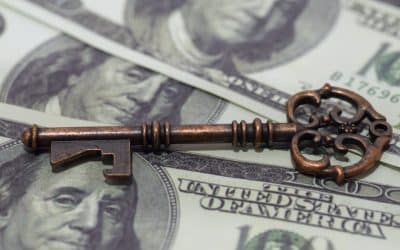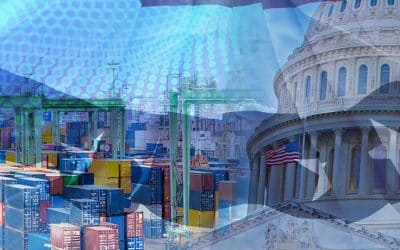Luis García: how to invest in European football through Value Investing

Redacción Mapfre
Behavioral Finance tries to explain how psychological, social or cognitive factors can affect an individual's investment decisions. Based on this theory, Value Investing has become a great opportunity to bet on well-managed companies with healthy balance sheets that can generate a solid return in the long term, regardless of possible market swings.
In an interview on The Wall Street Lab podcast, Luis García, manager of the MAPFRE AM Behavioral Fund, discusses the connection between behavioral finance, value investing and betting on the sports sector and the need to calibrate emotions in investment decisions.



